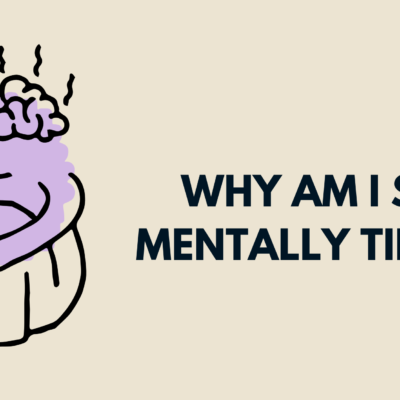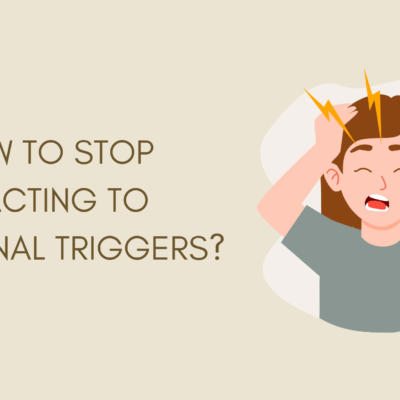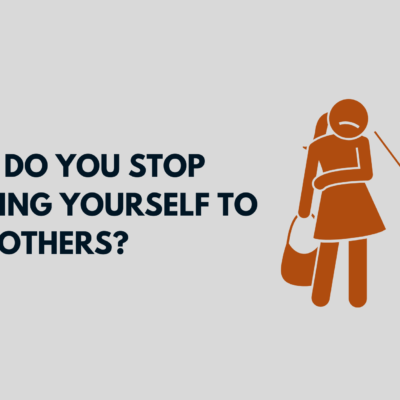How to Just Relax and Stop Thinking: Have you ever told yourself, “I just need to stop thinking and relax,” only to find your mind racing even faster? Whether it’s overthinking past mistakes, worrying about the future, or simply being unable to “switch off,” many of us struggle with quieting the mind.
In today’s fast-paced world, relaxation isn’t just a luxury—it’s essential for mental and physical health. But how do you truly relax and let go of relentless thoughts? This article explores why your mind won’t slow down, and offers actionable strategies to help you unwind, find inner peace, and embrace stillness.
Also Read:
1. Understand Why Your Mind Won’t Stop
Before we talk about solutions, it’s helpful to understand what’s going on. The human brain is wired for problem-solving, pattern recognition, and future planning. That’s great for survival—but not so great when you’re trying to relax.
Modern life overstimulates our minds:
- Constant notifications
- A flood of information from social media and news
- Pressure to be productive 24/7
No wonder your brain feels like it’s “always on.” For many, the inability to relax is a combination of:
- Habitual overthinking
- Anxiety about unfinished tasks
- Fear of missing out (FOMO)
- Difficulty tolerating stillness
The first step to relaxing isn’t forcing your mind to stop—it’s gently guiding it towards rest, without judgment.
Takeaway: Your mind isn’t broken; it’s doing what it’s designed to do. But you can teach it to pause.
2. Start with the Body: Relax Physically First
It’s hard to calm your mind if your body is tense. Physical relaxation can signal to your brain that it’s safe to unwind. Try these simple techniques:
Progressive Muscle Relaxation (PMR):
Start at your toes and work upwards, tensing each muscle group for 5 seconds, then releasing. Move to your calves, thighs, stomach, chest, arms, hands, neck, and face.
Deep Breathing:
Slow, deep breaths activate your parasympathetic nervous system (the “rest and digest” response). Try inhaling for 4 counts, holding for 4, exhaling for 6. Repeat for 2–5 minutes.
Stretching or Yoga:
Gentle stretches or restorative yoga poses release physical tension and quiet racing thoughts.
Why this works: When your body feels safe and relaxed, your mind follows.
3. Practice Mindful Awareness Instead of Suppressing Thoughts
Many people try to “stop thinking” by force—but this often backfires. The more you try to suppress thoughts, the stronger they return. Instead, mindfulness teaches you to observe thoughts without engaging.
How to practice:
- Sit comfortably and close your eyes.
- Focus on your breath as an anchor.
- When a thought arises, notice it—“Oh, there’s a worry about work”—then gently return your attention to the breath.
- Repeat without judging yourself for being distracted.
The goal isn’t to “empty” your mind, but to change your relationship with your thoughts. By watching them pass like clouds, they lose their grip over you.
Takeaway: You don’t have to stop thinking—you just have to stop chasing every thought.
4. Create a “Worry Window” to Contain Overthinking
If you find yourself replaying the same worries at night or during downtime, try setting a dedicated time to think them through. Psychologists call this a “worry window.”
How it works:
- Pick 15–30 minutes earlier in the day (not before bed).
- During this time, write down your worries, possible solutions, or action steps.
- Once the window ends, postpone further worrying until the next day’s window.
This practice trains your brain to respect boundaries around rumination, freeing up mental space the rest of the day.
Takeaway: You don’t have to eliminate worries—just schedule them.
5. Engage in Flow Activities to Quiet the Mind
One reason we can’t “just relax” is because stillness can feel boring or uncomfortable. Instead of forcing complete inactivity, try engaging in a flow activity—something immersive enough to capture attention but calming, not stressful.
Examples:
- Painting or drawing
- Playing a musical instrument
- Knitting, gardening, or woodworking
- Puzzles or coloring books
- Gentle hiking or swimming
Flow activities help relax the mind by shifting focus from internal chatter to external, purposeful action.
Takeaway: Relaxation doesn’t always mean doing nothing—sometimes it means doing something soothing.
6. Limit Stimulants and Digital Overload
Caffeine, energy drinks, and excessive screen time can keep your nervous system on high alert, making relaxation harder. Consider:
- Reducing caffeine after noon
- Setting “phone-free” hours, especially before bedtime
- Turning off non-essential notifications
- Avoiding news or stressful content late at night
Creating a calming environment—dim lighting, soft music, fewer screens—helps signal to your brain that it’s time to slow down.
Takeaway: What you consume physically and digitally affects your ability to unwind.
7. Establish Rituals That Signal “It’s Time to Relax”
Our brains love routines. By pairing certain activities with relaxation, you train your mind to enter rest mode more easily.
Examples of relaxation rituals:
- Drinking herbal tea in the evening
- Lighting a candle and journaling before bed
- Listening to calming music after work
- Taking a warm bath
- Reading a physical book (instead of scrolling your phone)
Over time, these rituals become cues for your nervous system to transition from “doing” to “resting.”
Takeaway: Small rituals can have a big impact on signaling relaxation.
8. Practice Gentle Acceptance Instead of Fighting Restlessness
Ironically, trying too hard to relax creates tension. The more you think, “I must stop thinking now!” the harder it feels.
What if you simply accepted: “Right now my mind is busy—and that’s okay.”
When you stop fighting restlessness, it often softens on its own. Allow yourself to simply sit, even with racing thoughts, and trust that they will slow with time.
Takeaway: Relaxation isn’t something you “achieve”—it’s something you allow.
9. Use Guided Relaxation Tools if You Struggle Alone
If self-directed relaxation feels overwhelming, let someone else guide you. There are many free or affordable resources:
- Guided meditation apps (Calm, Headspace, Insight Timer)
- YouTube relaxation videos (progressive muscle relaxation, sleep stories)
- Podcasts with calming soundscapes or mindfulness talks
- ASMR videos for sensory relaxation
Listening to a soothing voice or soundscape can help quiet inner dialogue and ease you into rest.
Takeaway: You don’t have to do it alone—use tools and supports.
10. Remember That Relaxation Is a Skill, Not a Switch
Many people assume relaxation should happen instantly, like flipping a light switch. But just as it takes time to learn a sport or instrument, it takes practice to train your mind and body to relax.
Some days it will feel easier; others, harder. That’s normal. The key is consistency. Even small moments of relaxation, repeated daily, strengthen your nervous system’s capacity for calm.
Takeaway: Be patient and persistent—relaxation grows with practice.
Final Thoughts
In a world that glorifies productivity and constant stimulation, learning to truly relax and stop overthinking is a radical act of self-care.
It starts by understanding that your busy mind isn’t the enemy—it’s simply doing its job. But with compassion, intention, and gentle practices, you can guide it toward stillness.
Whether through mindfulness, movement, creativity, or simple rituals, relaxation is possible—not as an escape from life, but as a return to balance within it.
Remember: You don’t have to “empty” your mind completely to feel peace. Sometimes, just creating a little more space between thoughts is enough. And in that space, rest can bloom.
You deserve rest. You deserve peace. You deserve quiet.
Take a deep breath, and let the process begin.






